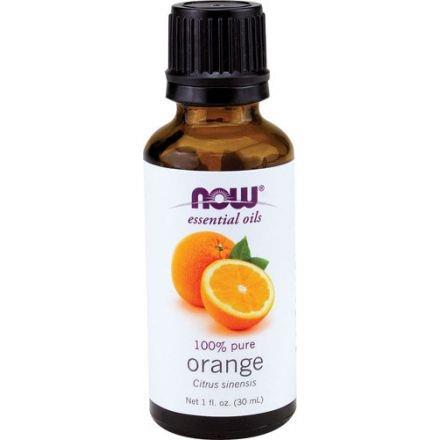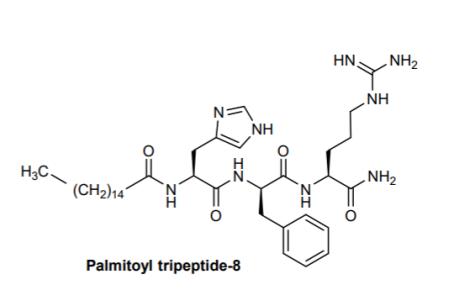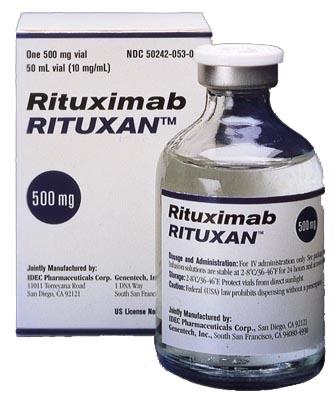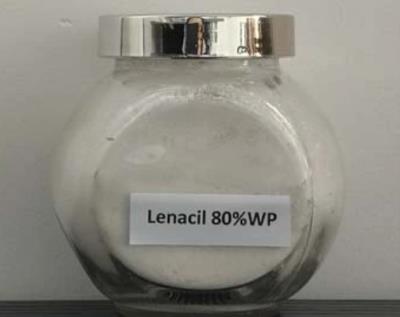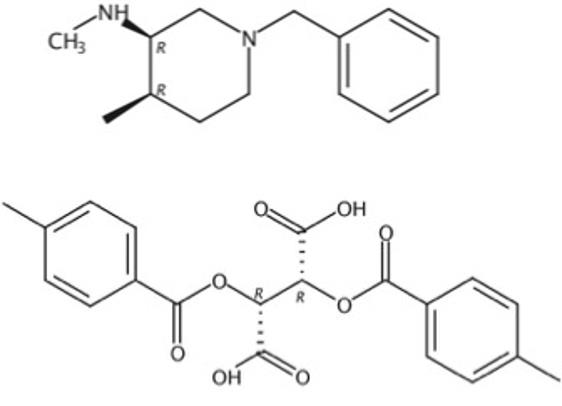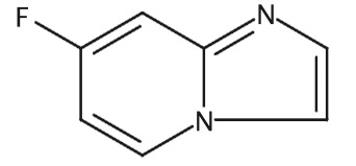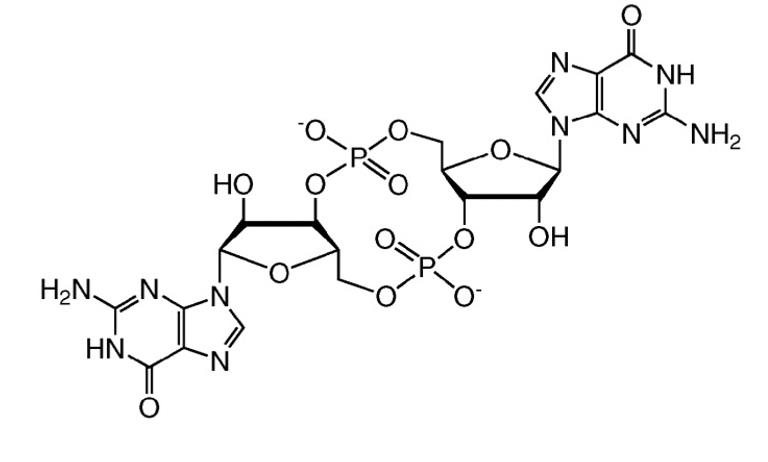Active Pharmaceutical Ingredients (API), popularly speaking, are the raw materials of medicines, only pharmaceutical raw materials are processed into pharmaceutical preparations , can they become medicines available for clinical use, so drugs we usually eat are the finished drugs through processing. Active Pharmaceutical Ingredients based on its sources can be divided into two major categories ,including chemical synthetic drugs and natural chemical drugs. Chemical synthetic drugs can be divided into organic synthetic drugs and inorganic synthetic drugs. Inorganic synthetic drugs are inorganic compounds ( very few is element), such as aluminum hydroxide, magnesium trisilicate which are used for the treatment of gastric and duodenal ulcers ; organic synthetic drugs are mainly composed of drugs made by basic organic chemical raw materials, through a series of organic chemical reactions (such as aspirin, chloramphenicol, caffeine, etc.). Natural chemical drugs ,based on its sources,can be divided into two categories including biochemical drugs and plant chemical drugs. Antibiotics are generally made by the microbial fermentation, which belongs to the biochemistry category. A variety of semi-synthetic antibiotics occurs in recent years,which are biosynthesis and chemical synthesis combining products.Among active Pharmaceutical Ingredients, the organic synthetic drugs varieties, yields and values have the largest proportion,which are the main pillars of the chemical and pharmaceutical industries. The quality of active Pharmaceutical Ingredients decides whether the formulation is good or bad , so its quality standards are very strict ,countries in the world have developed national pharmacopoeia standards and strict quality control methods for its widely used active Pharmaceutical ingredients.
Hematin: Pharmacodynamics, Clinical Application, Chemical and Toxicity Studies
The Hematin is an iron-containing porphyrin, it consists of an iron (Fe) atom bound to four nitrogen atoms of the pyrrole ring of protoporphyrin IX.
Jan 31,2023 APISynthesis and Characteristics of Polycarbomethylsilane
Polycarbosilanes (PCSs) are the essential polymeric precursors to manufacture silicon carbide (SiC) ceramics via a polymer-derived ceramic (PDC) method.
Jan 31,2023 APIAntibacterial Effects and Mechanism of Mandarin Oil
Mandarin (Citrus reticulata L.) oil is recognized as a natural and safe preservative. It also act as natural antimicrobial agents.
Jan 31,2023 APIThe introduction of Citiolone
The Citiolone, with the CAS No: 17896-21-8, is also known as citicoline diphosphate choline. This chemical’s molecular formula is C6H9NO2S and molecular weight is 159.21.
Jan 30,2023 APIPalmitoyl Tripeptide-8:Bioactivity and Chemical Studies
The Tripeptide-8 is a important cosmetic ingredient. It is a synthetic peptide ester based on a α-melanocyte stimulating hormone (α-MSH), originating from POMC.
Jan 30,2023 APIRituximab—The World"s First Oncology Monoclonal Antibody Therapy
Rituximab, sold under the brand name Rituxan among others, is a monoclonal antibody medication used to treat certain autoimmune diseases and types of cancer.
Jan 29,2023 APILenacil Is An Active Ingredient for Plant Protection
Lenacil is used as an active ingredient in crop protection products.
Jan 29,2023 APIThe introduction of 3-bis(4-Methylbenzoyloxy)succinate)
The CAS No. of 3-bis(4-Methylbenzoyloxy)succinate) is 477600-71-8, and the formula is C34H40N2O8 and molecular weight is 604.7.
Jan 28,2023 APIThe introduction of 7-Fluoro-imidazo[1,2-a]pyridine
The 7-Fluoro-imidazo[1,2-a]pyridine, with the CAS No: 1260903-17-0, is also known as Imidazo[1,2-a]pyridine, 7-fluoro-. This chemical’s molecular formula is C7H5FN2.
Jan 19,2023 APIThe introduction of bis(3',5')-cyclic diguanylic acid
The bis(3',5')-cyclic diguanylic acid, with the CAS No: 61093-23-0, is also known as Cyclic diguanosine monophosphate (c-diGMP/c-di-GMP). This chemical’s molecular formula is C20H24N10O14P2.
Jan 19,2023 API





